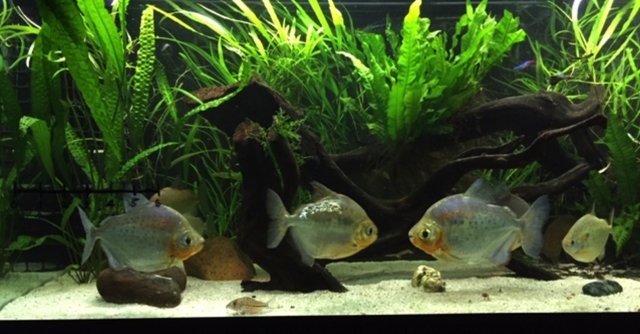So my oscars 1-2" grew up with 1.5" giant danios. After 2 years, giant danios (4-5"), oscars where 10-12", they slowly ate them at night. The giant danios were fast during the day, but once lights were off, they couldn't see the oscars coming. Long term tetras won't work.He is right for most oscars. Every Oscar is different though. Some will go for them some won’t. Silver dollars would make the best dithers for their size anyway.
I found silvers to be bad dithers, especially in a frequently traffic area like the living room. They've been too skittish for me. They bolt at every movement, outside the tank, causing oscars to bolt. They bolt during water changes, causing oscars to bolt. No silver dollars, oscars get use to the traffic outside of the tank, and rarely bolt.



